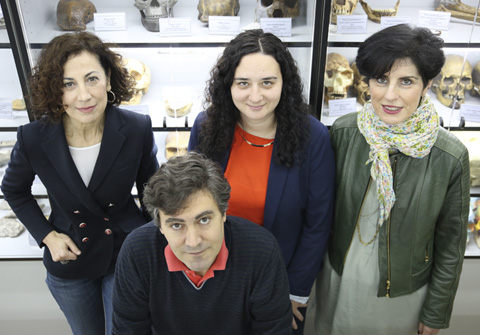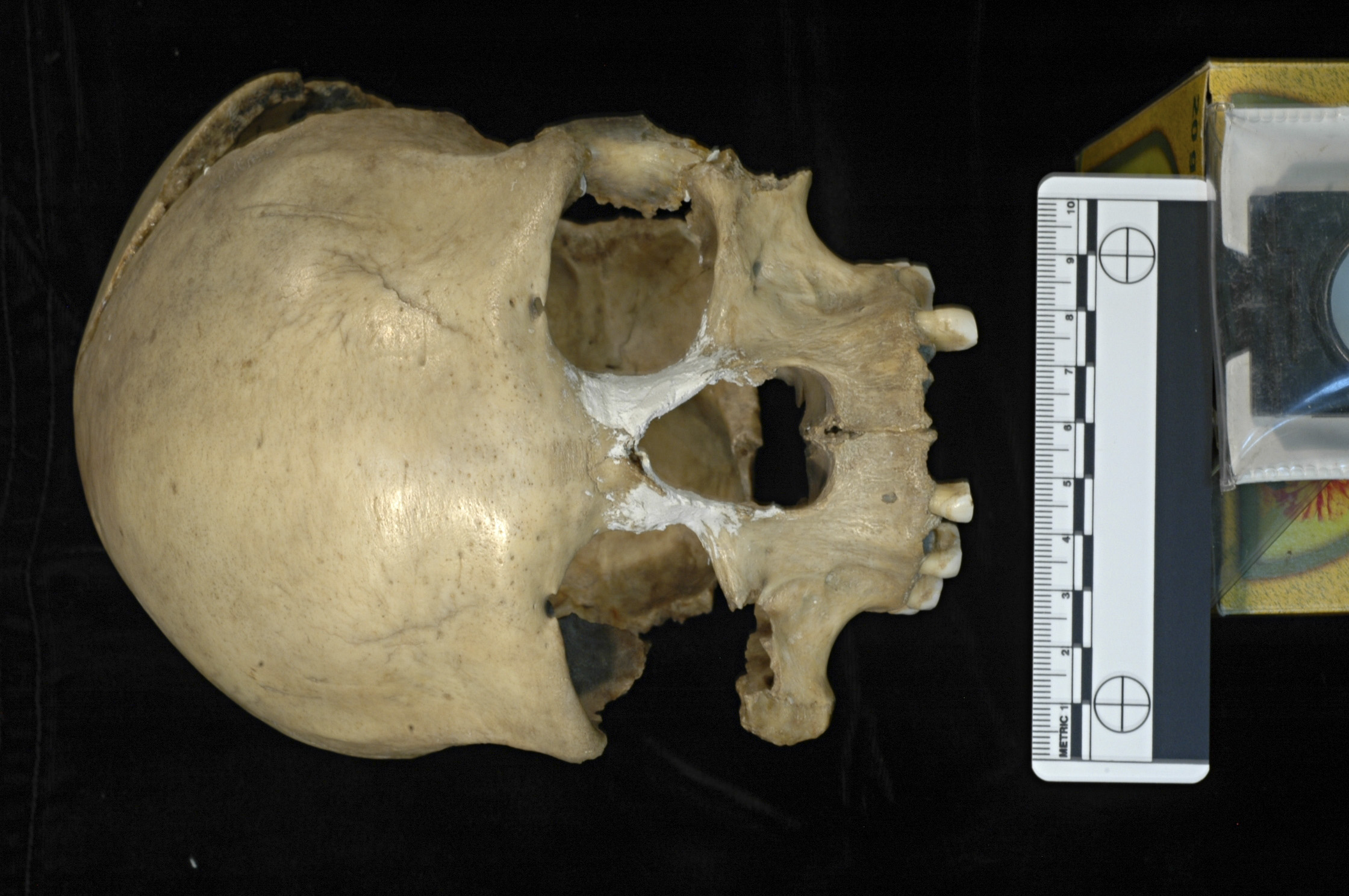The UPV/EHU's Human Evolutionary Biology group has managed to retrieve the mitochondrial genome of a fossil 35,000 years old found in the Pestera Muierii cave in Romania. That woman was part of the first population of our species that inhabited Europe following the Eurasian expansion of Homo sapiens from Africa, and the lineage she belongs to reinforces the hypothesis of a back-migration to Africa during the Upper Palaeolithic. The study has been published in Scientific Reports.
-

Minbiziaren Aurkako Bizkaiko Elkarteak (AECC) minbizia ikertzeko 3 laguntza esleitu dizkio UPV/EHUri
-

UPV/EHUk urtean 2,5 milioi euro murriztu du energia kontsumoa
-

Ongi etorri 2025
-

“La Manada” auziaren inguruan sortutako diskurtsoek gizarte- eta lege-aldaketak eragin zituzten
-

Zeus Faber, San Pedroren arraina
Migration back to Africa took place during the Palaeolithic
A piece of international research led by the UPV/EHU-University of the Basque Country has retrieved the mitogenome of a fossil belonging to the first Homo sapiens population in Europe
- Research
First publication date: 19/05/2016

Paleogenómica, análisis del ADN from UPV/EHU on Vimeo.
The Palaeogenomics study conducted by the Human Evolutionary Biology group of the Faculty of Science and Technology, led by Concepción de la Rua, in collaboration with researchers in Sweden, the Netherlands and Romania, has made it possible to retrieve the complete sequence of the mitogenome of the Pestera Muierii woman(PM1)using two teeth. This mitochondrial genome corresponds to the now disappeared U6 basal lineage, and it is from this lineage that the U6 lineages, now existing mainly in the populations of the north of Africa, descend from.
So the study has not only made it possible to confirm the Eurasian origin of the U6 lineage but also to support the hypothesis that some populations embarked on a back-migration to Africa from Eurasia at the start of the Upper Palaeolithic, about 40-45,000 years ago. The Pestera Muierii individual represents one branch of this return journey to Africa of which there is no direct evidence owing to the lack of Palaeolithic fossil remains in the north of Africa.
"Right now, the research group is analysing the nuclear genome the results of which could provide us with information about its relationship with the Neanderthals and about the existence of genomic variations associated with the immune system that accounts for the evolutionary success of Homo sapiens over other human species with whom it co-existed. What is more, we will be able to see what the phenotypic features of early Homo sapiens were like, and also see how population movements in the past influence the understanding of our evolutionary history," explained Prof Concepción de la Rúa.
Bibliographic reference
- The mitogenome of a 35,000-year-old Homo sapiens from Europe supports a Palaeolithic back-migration to Africa
- Scientific Reports
- DOI: 10.1038/srep25501



